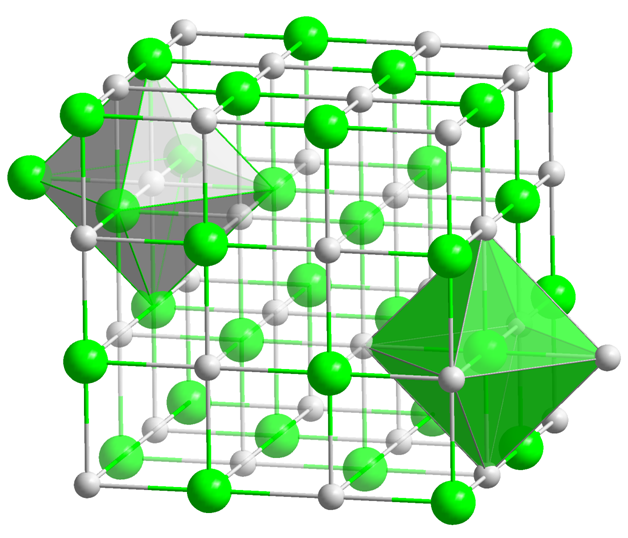The permanent disposal of nuclear waste is a very serious problem. Burial deep underground is probably the best choice. However, the burial site must be chosen carefully. The area must be geologically stable. It should be in an arid region with little ground water. The geological formation should be as impervious to penetration by ground water as possible. For decades, it has been assumed that salt deposits underground would be a good place to bury nuclear waste. Several waste depositories have been set up in old salt mines including the Waste Isolation Pilot Plant in New Mexico. The U.S. government was planning on building a nuclear waste repository in Nevada in a salt mine under Yucca Mountain in Nevada until the project was cancelled in 2009. Now the wisdom of sequestering nuclear waste in salt deposits has been called into question.
A team of researches as the University of Texas in Austin has been studying the ability of geological formations of rock salt to resist penetration by groundwater. The team did field work and created three dimensional microscopic computer tomographic images of rock salt crystals. They found that it was possible for rock salt to become permeable. What they found has significant implications for the gas and oil industry but especially for nuclear waste storage.
"What this new information tells us is that the potential for permeability is there and should be a consideration when deciding where and how to store nuclear waste," said Maša Prodanovic, assistant professor in the Department of Petroleum and Geosystems Engineering. "If it's an existing nuclear waste storage site, you may want to re-evaluate it with this new information."
Salt deposits prevent the flow of ground water at shallow depths. What the researchers were exploring is the possibility that the permeability could change at greater depths. Laboratory experiments and field studies of forty eight hydrocarbon wells confirmed that the permeability of salt deposits does increase with increasing depths. A surprising finding of the research was that even shallow salt deposits could allow water to flow. Under stress, the pockets in the rock salt between crystals that hold brine can become connected in a network of channels that allows percolation through the salt.
This research was originally undertaken for the oil and gas industry. They were testing the ability of rock salt formations to act as "seals" for deposits of oil. However, extending the findings to work on nuclear repositories suggested that there could be problems with the assumptions about the impermeability of salt formations. To date, the concern has been that the creation of the repository chambers could cause cracks to form in the salt which might permit water flow. Because of this new research, it is now understood that undisturbed salt deposits near the surface could allow the flow of water. This calls into question the suitability of old salt mines and shallow salt deposits for nuclear disposal.
There is a great deal of spent nuclear fuel that requires disposal. Cooling pools at nuclear power plants are filling up and dry cast storage will be expensive and time consuming to construct for temporary storage. This recent research suggests that a number of sites that were being considered for geological repositories may have to be rejected. This is just another reason that nuclear power is a bad way to generate electricity and should be abandoned as soon as possible.
Rock salt crystal structure:
